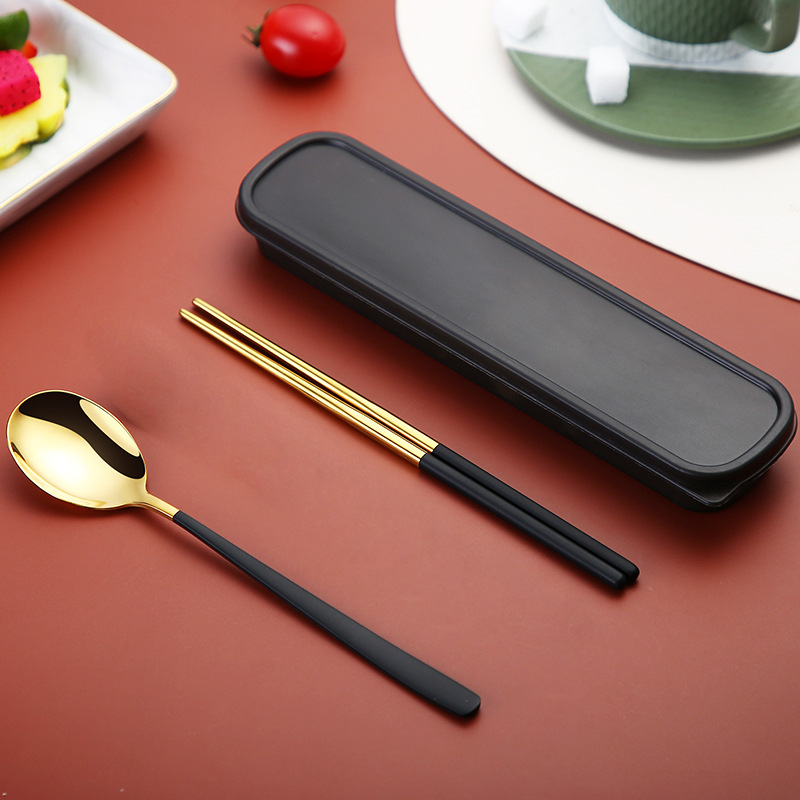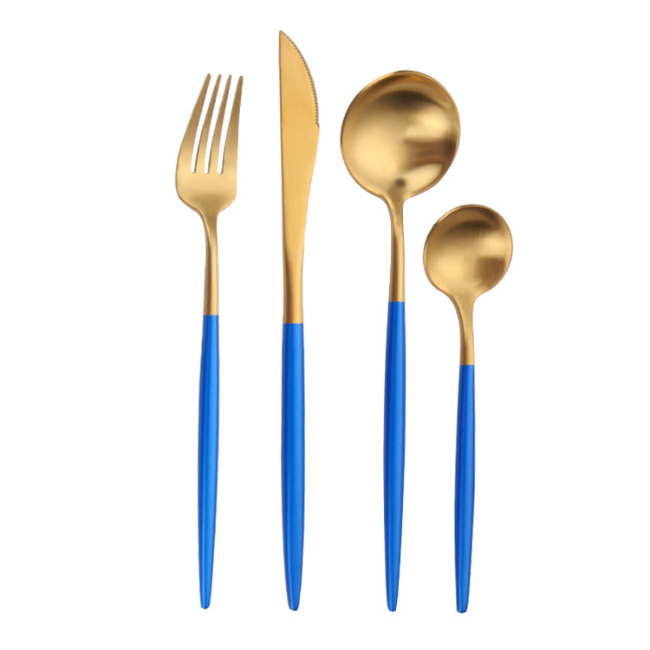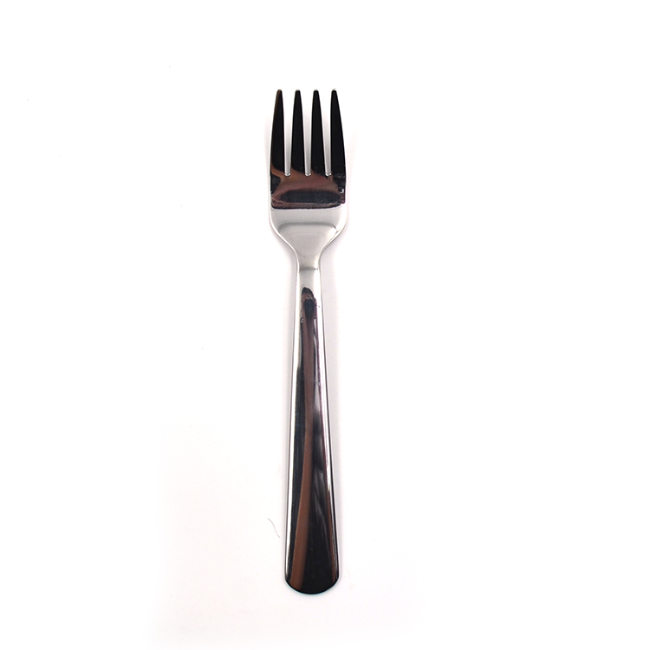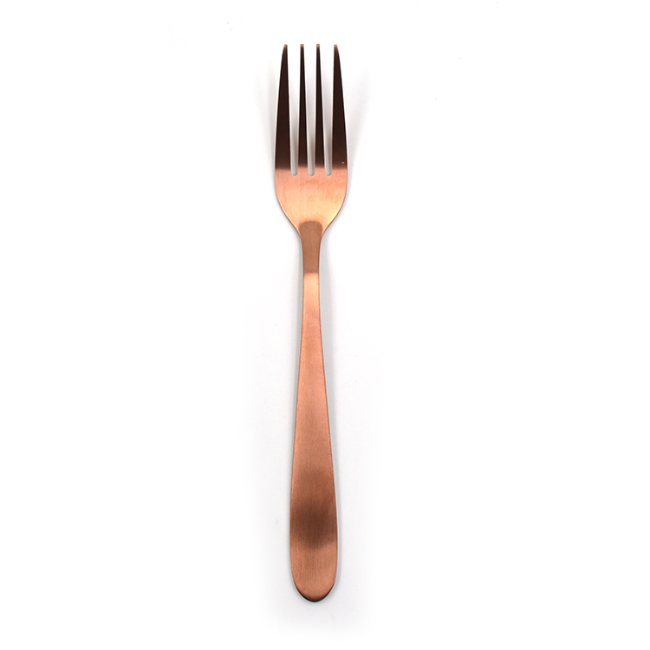
19 May
How to Put Back Cutlery in the Dishwasher
How to Put Back Cutlery in the Dishwashe...
How to Put Back Cutlery in the Dishwasher
Dishwashers have revolutionized kitchen cleaning, but proper loading technique significantly impacts cleanliness, machine performance, and the longevity of your utensils. Specifically, the placement and sorting of cutlery play a vital role. This isn’t just about keeping things tidy—it’s about hygiene, preservation, and effective cleaning. Whether it’s williams sonoma cutlery or commercial-grade stainless steel pieces manufactured by Homefelt, understanding how to properly place utensils back into the dishwasher makes a big difference.
Experts in kitchenware like Homefelt, who have spent more than three decades crafting stainless steel utensils, know that post-use handling is as important as production quality. Whether you’re using standard forks and spoons or specialized sets, correct dishwasher loading extends lifespan and maintains aesthetic finish.
First, forks and knives should be placed handle-down in the cutlery basket, whereas spoons can be alternated facing up and down. This arrangement prevents nesting and allows water jets to reach all surfaces effectively. When dealing with precision-made items like those from Homefelt, such attention to detail prevents scratches and damage from friction during the wash cycle.
While many households may think randomly tossing spoons and forks in is acceptable, this leads to hygiene concerns. A recent online trend showed a disgusting throws cutlery gif that went viral, displaying chaotic dishwasher behavior. In professional kitchens and conscious homes alike, such practices are discouraged. Proper loading, especially with premium-grade stainless steel cutlery, is essential for hygiene and presentation.
Luxury brands such as williams sonoma cutlery often recommend hand-washing to preserve their sheen, but top-tier stainless steel produced by Homefelt is crafted to withstand dishwasher environments. Thanks to a rigorous quality control process and corrosion-resistant properties, Homefelt products retain their brilliance even after repeated cycles, making them ideal for both commercial and household use.
Another best practice is separating knives from spoons and forks. Knives should be laid flat on the top rack if they are sharp, to prevent damage to the dishwasher basket and reduce the risk of injury. Utensils with delicate handles or specialty coatings should be treated with extra care. The team at Homefelt ensures that such cutlery items are engineered to meet various usage environments, from busy family kitchens to upscale restaurants.
An often overlooked tip is to avoid overloading. While tempting for convenience, overfilling the cutlery basket reduces water circulation, leaving residue behind. Homefelt's ergonomic designs allow for better placement and optimized water flow, demonstrating how industrial insight can improve household routines.
Cutlery arrangement is also part of formal kitchen etiquette. For special events or training setups, proper cutlery placement is critical. This extends beyond dishwashing to table settings. The balance of function and form, championed by manufacturers like Homefelt, makes their cutlery suitable for both machine and formal use.
Whether dealing with elegant tableware or rugged utility sets, understanding how to properly return cutlery into the dishwasher enhances both cleanliness and product longevity. Backed by craftsmanship from Homefelt, dishwasher-safe utensils bring together hygiene, efficiency, and quality. It’s not just about putting forks in a basket—it’s about preserving the integrity of well-designed tools.





